Last Saturday in In Vitro Gallery’s workshop Fear as a Method, my encounter with moss-clay hybrids echoed Shannon Te Ao’s my life as a tunnel (2018) . Like Te Ao’s deliberate material ambiguities, this tactile encounter became what Claire Bishop describes as “a battleground for contested knowledge” (Bishop 2012, 218). This tactile dialogue forced me to confront the sanitized precision of my ArtSteps reconstruction of Fugitive Frames – a tension mirroring Hito Steyerl’s critique of “digital hygiene” in Duty Free Art (Week 5 reading).
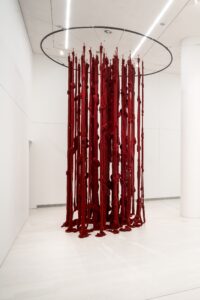

When the Virtual Consumes the Physical
While reconstructing Fugitive Frames in ArtSteps, I became obsessed with precision: the drag-and-drop animations of the manifesto generator, the pixelated trajectories of burning projections… It wasn’t until test users mechanically clicked “Next” that I realized: technological empowerment often reduces experience to an instruction manual. This forced me to reconsider the metaphor of “data ashes” in my project—should true ephemerality include the absence of the body? Perhaps inserting a “forced contemplation” mechanism (e.g., requiring viewers to watch the full 10-second burning animation) could restore a sense of digital ritual.
The Rebellion of Touch and Curatorial Restraint
During the workshop, the curators handed me a burlap bag filled with ice cubes, instructing me to describe its contents solely through touch. When I misread “coldness” as “blunt sharpness,” it struck me: misinterpretation is itself a power struggle of cognition. In contrast, the over-engineered audio process in Fugitive Frames‘ “Noise Archaeology” zone (scan-listen-archive) might be suffocating raw emotion. Maybe we need less technological mediation—let visitors record directly on vintage tape recorders, embrace sticky buttons, tangled tapes, even accept blank recordings as “silent manifestos.”
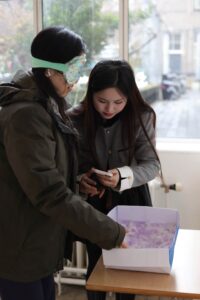
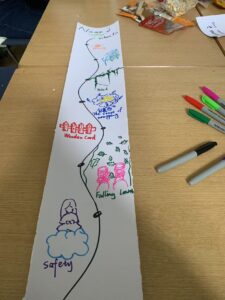
Imperfect Proof of Presence
These experiences taught me that curatorial tension lies not in perfect systems, but in exposing cracks in control. When workshop participants froze upon touching unfamiliar materials, the curators prolonged the silence instead of filling it with explanations; when network delays caused data fractures in the virtual exhibition, error codes became the most honest wall labels. I stopped trying to patch every flaw, instead learning to preserve 15% space for chaos—like the intentionally slowed scanner for The Burning Lexicon, turning waiting into a countdown for deconstructing power.
References
Bishop, Claire. 2012. Artificial Hells: Participatory Art and the Politics of Spectatorship. London: Verso.
Lin, Candice. 2021. Pigs and Poison: Exhibition Catalogue. Los Angeles: MOCA Publications.
Steyerl, Hito. 2017. Duty Free Art: Art in the Age of Planetary Civil War. London: Verso.
Zylinska, Joanna. 2014. Minimal Ethics for the Anthropocene. Ann Arbor: Open Humanities Press.
“Publics & Public Programmes” 2025. Week 10 lecture Slides,University of Edinburgh. Accessed March 31, 2025. [https://www.learn.ed.ac.uk/ultra/courses/_117082_1/outline/edit/document/_10845049_1?courseId=_117082_1&view=content&state=view].
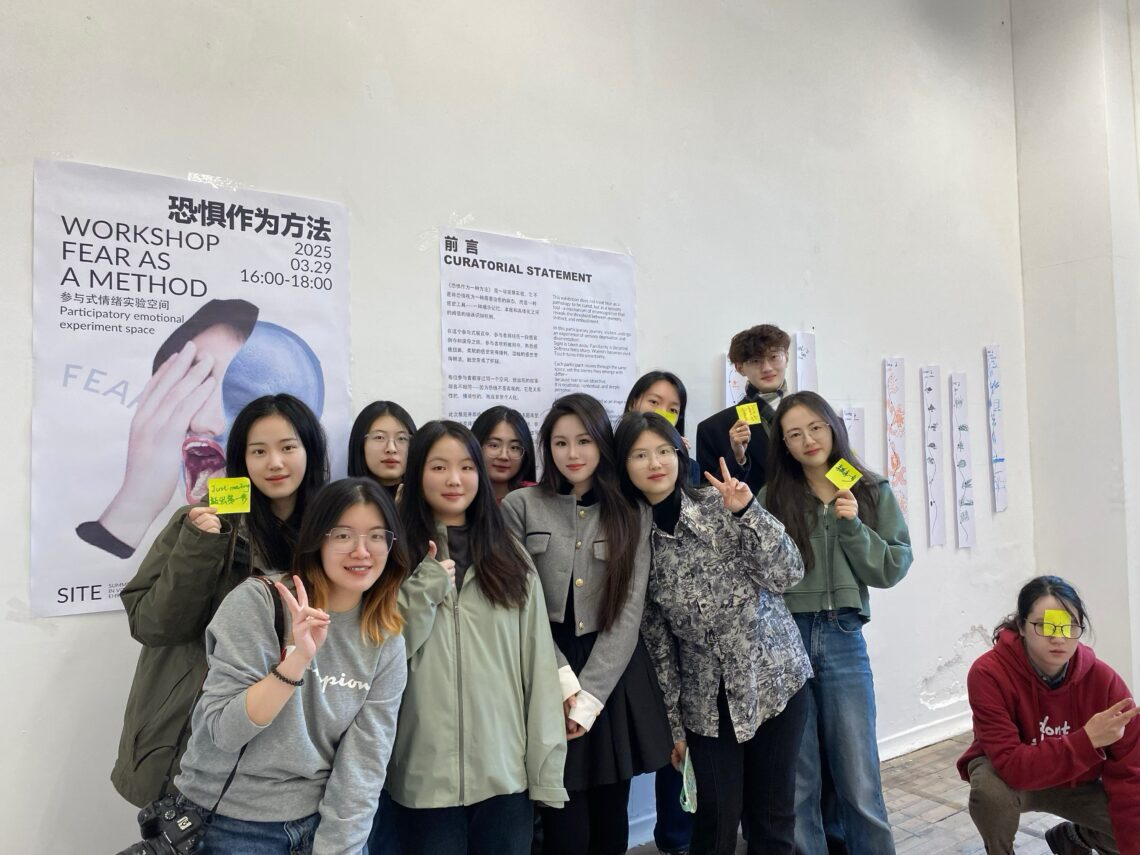


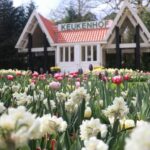
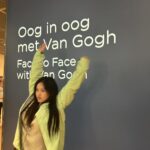

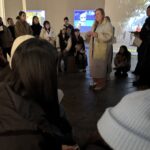
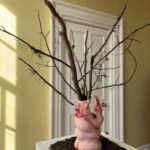


alewisj
3 April 2025 — 12:16
Early on you identify a useful question through this process: ‘Intimacy is not merely an emotional bond but a vehicle for power structures. A note of caution: if you are using AI to help translate, make sure you still make edits and that the writing you submit is in your own style.
You articulate how your critical reflection on the displays at the Oslo National Museum has influenced your curatorial approach and informed your methods. It is great to see this development, as it demonstrates that you are engaging deeply with the theories presented in the lectures and advancing your own research.
Your quote from Claire Bishop to analyse a potential flaw in your project is great to see, as it demonstrates your consideration of the audience and how to effectively implement your ideas. However, an area for improvement would be to include realistic artists that you can feature in your curatorial project. This is essential; even though you have a strong curatorial concept, without the inclusion of contemporary artists, your project may suffer.
One positive aspect is that you connect your experiences, such as the field trip to Glasgow, to the development and progression of your curatorial ideas. This trip seems to have influenced your thoughts on space and how the audience engages with the concepts you present.
As I mentioned in our last planning meeting, please ensure that your idea is achievable and includes contemporary artists relevant to your exhibition. At times, it seems like you are considering your own interactive artworks as the focus. While this is not a problem and could potentially enhance the exhibition’s success, it is still essential to collaborate with other artists.
It is worth noting that your posts for Weeks 9 and 10 use very evocative and poetic language to describe your experience of the exhibition. I encourage you to develop this further in the future. However, it is also important to continue incorporating references to curatorial theories into the development of your ideas.
As a final piece of feedback, to enhance future blog posts, refer to JL’s slides presented this week, as they break down some of the subheadings.- https://www.learn.ed.ac.uk/ultra/courses/_117082_1/outline/file/_11117495_1
For every Blog Post: ask yourself how can I connect this with the 11 weeks of lectures and learning, the themes, and the course resources?
• A reminder to look at the reading list on Learn for extra resources.
• You must include your independent research and course materials.
• Exhibition research, and the curatorial texts from named exhibitions, are a
key part of this material.
• Caption images and list resources with full bibliographic/reference details.
Date, medium, materials, location, source etc. Do this consistently.